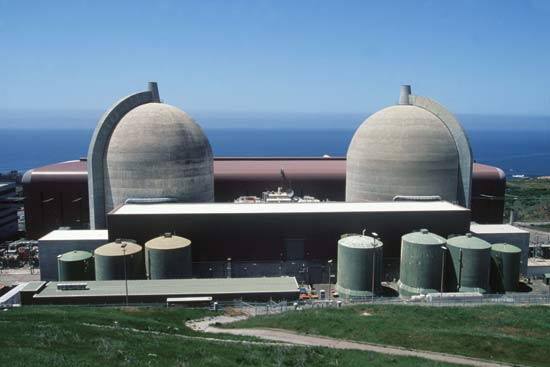The Environmental Protection Agency has proposed a rule for regulating carbon emissions, or to be more precise, average carbon emissions per power produced. There is a fundamental difference between these two things, which will have a large impact on whether or not emissions actually decrease, and by how much.
What the Clean Power Plan proposes is setting emissions targets for each state based on a formula that calculates pounds of CO2 emissions per megawatt-hour of energy produced. To use an analogy, imagine you ran a delivery service and had a fleet of delivery vehicles; this regulation would be looking not at the total emissions of those vehicles, but the average miles per gallon across the fleet. Retiring old vehicles (coal) that don’t get as good mileage and replacing them with better ones (natural gas) would be one way to reduce the fleet’s average miles per gallon. To extend the analogy though, the best way to reduce the miles per gallon of the fleet would be to switch to electric vehicles (nuclear and renewables), since they consume no fuel. This is where the problem begins with the Clean Power Plan.
In order to calculate the state’s target goal for emissions, all of the emissions from all sources are added up, and then divided by the sum of all the power produced by coal, oil, natural gas, renewables, but only 5.8% of the power produced by nuclear. This 5.8% number seems out of place; all other sources (except hydro) are fully accounted for, so why wasn’t nuclear?
The answer is not clear, but what is clear is that a number of environmental groups, most notably the National Resources Defense Council (NRDC) played a large hand in helping shape the new rule, according The New York Times (reports here and here). When an attorney for the NRDC was asked about this, he responded by saying,
“I observe that most of those nuclear plants were built a long time ago…Including them all would imply that states need to make sure all of them continue to operate. Compliance in states that had to close them down would be more difficult." Source
Going back to the example with the fleet of cars, this would be like excluding 94% of the miles electric cars drove from your calculation of the fleet’s miles per gallon. In this case, getting rid of an electric car and buying a moderately fuel efficient car could yield a lower calculated miles per gallon of the fleet, even though overall emissions rose. In fact, if you go through the math, as PhD students Justin Knowles and Remy Devoe of UTK have done, there are a number of states which would have a lower calculated emissions/power produced if all the nuclear plants were closed and replaced with natural gas (even though this would yield much more emissions).
Luckily, there is still time to look at all the documentation and submit a public comment on this proposed rule, the link for which is at the bottom of this document. How do you think the proposed regulation should be changed?
Documents for the Clean Power Plan and how to submit a public comment to the EPA here.


 RSS Feed
RSS Feed

